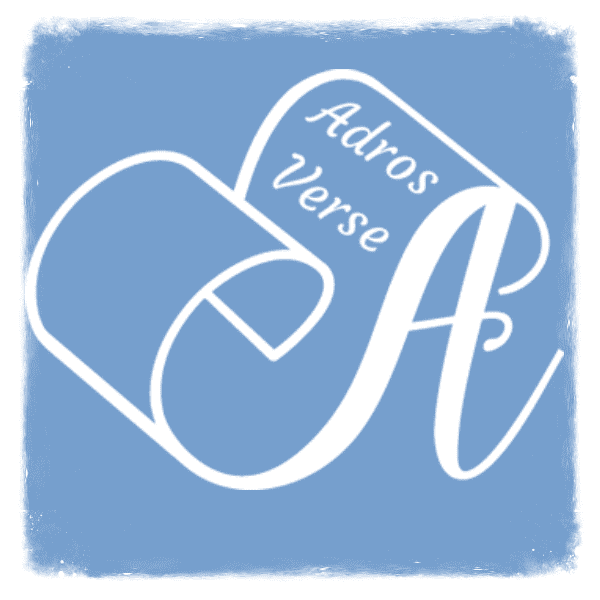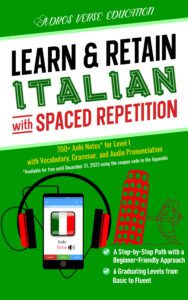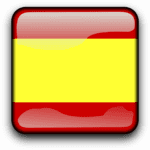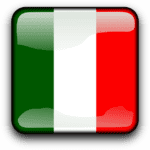Forming the plural in Spanish is similar to forming a regular plural in English. To form the plural, the letter “s” is added if the noun or adjective ends with a vowel, e.g., “casa” (house), “casas” (houses), and “es” is added if the noun or adjective ends with a consonant, e.g., “mujer” (woman), “mujeres” (women).
Notice that Spanish adjectives can also be plural, e.g., “mujeres jóvenes” (young women). We will encounter some minor orthographic changes in the plural form of some words, but the vast majority are regular.
Notice that although the letter “y” at the end of a word is considered a vowel, the “es” ending is used to form the plural in such words, e.g., “rey” (plural “reyes”).
Here are some example:
| país | country | países | countries |
| libro | book | libros | books |
| ley | law | leyes | laws |
| grande | large | grandes | large (plural) |
Other lessons in Level I:










